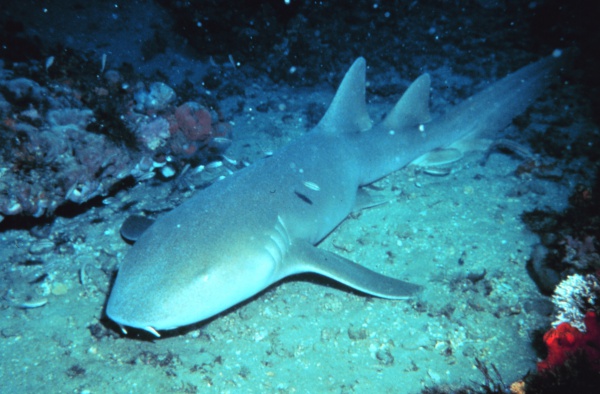Facts About Nurse shark
The nurse shark, a member of the Ginglymostomatidae family, is classified by the IUCN as a globally data-deficient species due to insufficient information, particularly in the eastern Pacific and Atlantic Oceans. While they are considered of least concern in the United States and The Bahamas, they are near threatened in the western Atlantic, primarily due to vulnerabilities highlighted in South America and threats in Central America and the Caribbean. Nurse sharks are frequently used in research because they tolerate capture and handling well. Despite their generally calm demeanor, they rank fourth in documented shark bites on humans, often as a result of careless behaviors by divers.
Taxonomically, nurse sharks belong to the genus Ginglymostoma, with the species name cirratum. They have a distinctive appearance characterized by rounded dorsal and pectoral fins, an elongated caudal fin, and a broad head. Adult nurse sharks are typically brownish in color, while juveniles have a spotted appearance. They can grow up to about 3.08 meters (10 feet) in length.
Nurse sharks inhabit tropical and subtropical coastal waters in the Eastern and Western Atlantic, as well as the Eastern Pacific. They prefer inshore areas like coral reefs, seagrass flats, and mangrove islands when young, while older sharks are found in deeper reefs and rocky regions.
As opportunistic feeders, nurse sharks primarily hunt small fish and invertebrates, and they are known for their nocturnal feeding habits. They display strong site fidelity, often returning to the same locations, including breeding grounds. Nurse sharks are ovoviviparous, meaning they give birth to live young, with a breeding cycle occurring every two years and litter sizes ranging from 21 to 29 pups.

 Mexico
Mexico